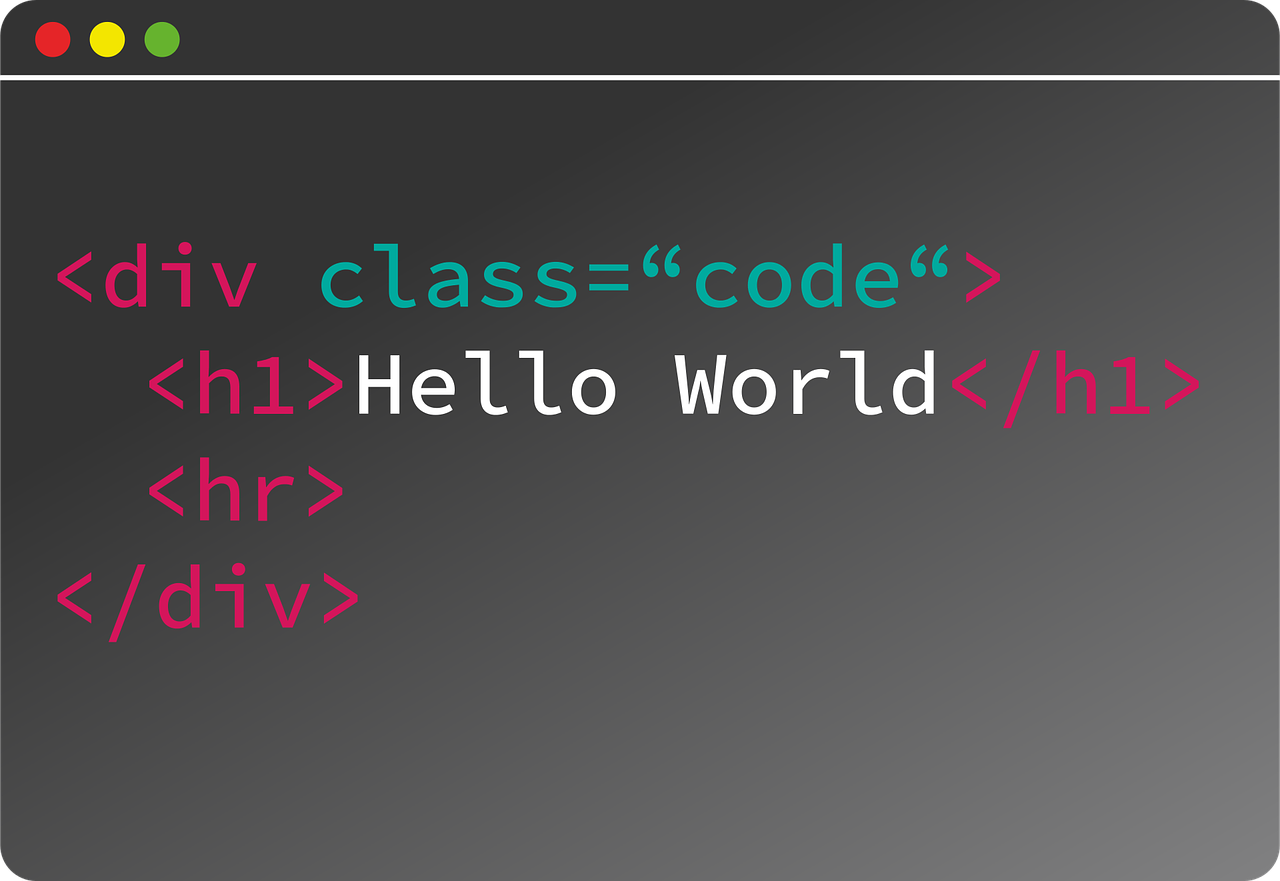In case you have finished a course in HTML and you are pretty confident of using its concepts in your projects on web development, it is time to make your websites more advanced with the amazing features offered by CSS. As a web developer, you are certainly aware of the fact Cascading Style Sheet is one of the most frequently used languages for styling websites.
This article will provide you with some basic concepts of CSS.
What is the idea of CSS?
Just as the name of this styling language suggests, it is based on a cascading technology. You can easily see the way it is working whenever you create a code in CSS. In practice, it means the CSS code is cascading going from the top part of the previously written code to its bottom side changing the style of the website in such a way. For CSS, the highest priority goes for the piece of code which was written last. This determines the precedence for formatting the website.
The basic overview of the way CSS is functioning
If you want to include the functionality of CSS into the design of your web project, you should start with targeting the elements. In order to do it, you can use either the name of the elements or a class name. One more option for targeting is using the ID attributes. Thus, as you can see, there are three ways of working with elements. Yet, you should understand this is just one of the most basic strategy for implementing CSS into your work as there are other ways used for targeting elements. All of the major courses on CSS and web development will provide you with other possibilities of working with CSS in your projects.
What is the exact way of targeting elements with CSS?
As you have just learnt, the most basic way of targeting elements with CSS is using such attributes of elements as their class name, the name of the element itself as well as the ID attributes.
Once you have targeted the elements, you should declare a styling code according to your needs which comes in property, value pair. Let’s look at a typical CSS code.
For example, if you have an HTML element tag which is called called <div>, you will need to tag this particular HTML element with its name. Apart from tagging itself, you will also need to set the style declaration for the element.
For example, “background-color” can be used for setting the colour for the background of an element you are working with whereas “font-size” is used for setting a particular size of font. For this purpose, you can use pixels which are named as px. Still, there are other units of value as well other than pixels which you can use for changing the size of elements in your web projects. The size of elements in CSS can also be defined with percentages for which you will need to use just an ordinary percentage sign. In addition to it, there are such values as em, rem, pt and others. The best way to explore them is to use them in your projects so that you can play around to see how things work in CSS.
One of the most frequently used CSS terms to remember is selector. As the name of this element implies, it is used for selecting the things you want to extract from your html markup, for example, a property or a value.
Learning through practice
Actually, you will spend a great amount of time learning how and why things work in CSS the way the work which is true for any programming or styling language. Of course, this might seem somewhat challenging at the beginning, especially when you are not well aware of the exact way the syntax of this styling language is working, however, with practice, once you grasp them you will get a good grasp of them and will feel much more confident over time.
The extension of the CSS files
As you can imagine, CSS files have their own extension. In the case of this styling language, everything is pretty simple since all of the CSS files will end up with an extension of .css. This is similar to the way the HTML files are ended with the .html file extension. Certainly, this is necessary for the machine to know what is the exact file type is used. This is crucial to make things work properly.
If you have made it this far with with HTML, you have made your first step on your way to the creative and demanding journey of the industry of web development.


CSS was the first basic programming language I learned. The sentiment remains